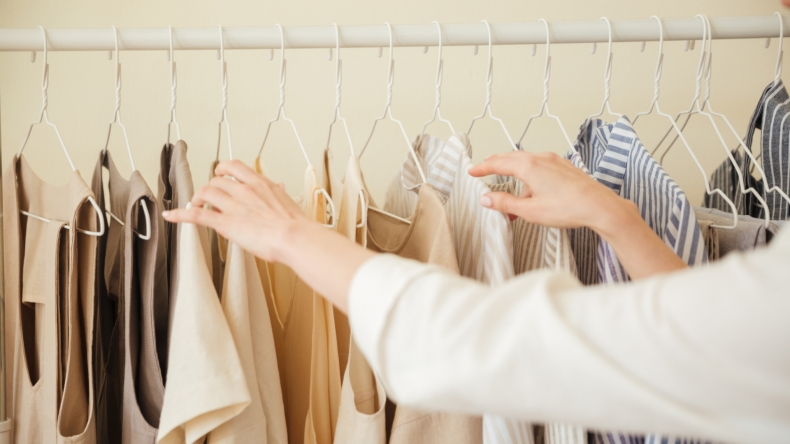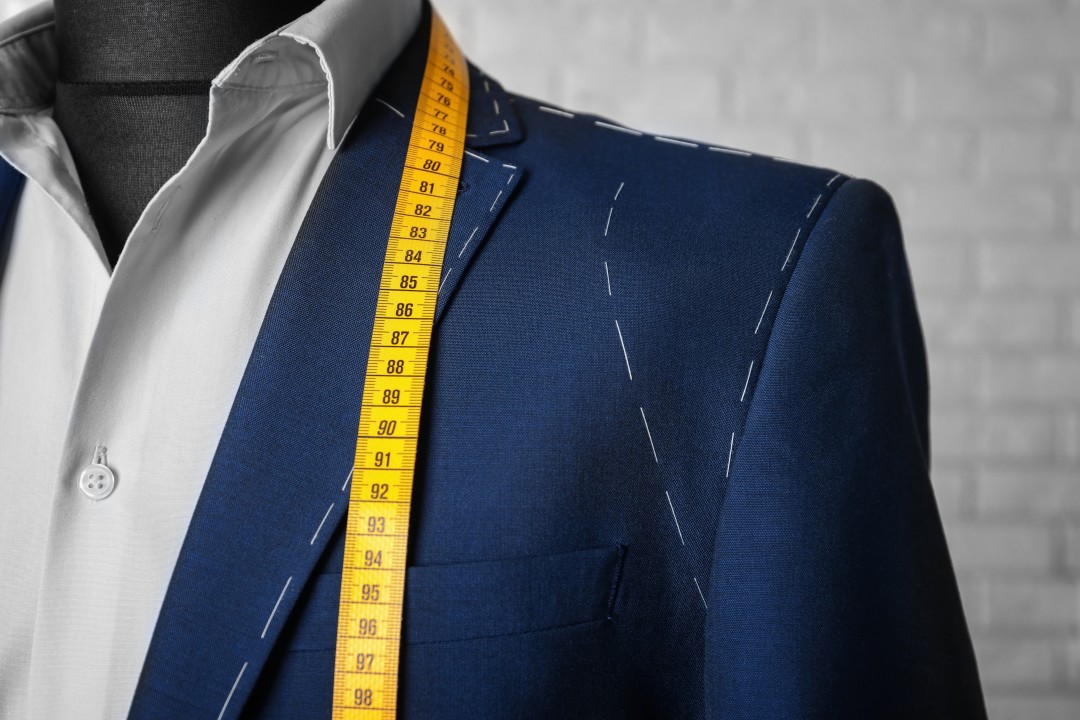Building a Sustainable Wardrobe: Tips for Eco-Friendly Fashion
Introduction:
In an era of environmental consciousness and ethical consumerism, sustainable fashion has emerged as a powerful movement. Building a sustainable wardrobe not only reduces your environmental footprint but also supports ethical practices within the fashion industry. This article provides valuable tips and insights for those looking to embrace eco-friendly fashion and create a wardrobe that aligns with sustainability values.
1. Understanding Sustainable Fashion:
- Define what sustainable fashion means, encompassing eco-friendly materials, ethical production processes, and responsible consumption.
2. Start with a Wardrobe Audit:
- Encourage readers to assess their current wardrobe, identifying items they genuinely love and wear regularly, and those that can be donated, repurposed, or recycled.
3. Quality Over Quantity:
- Promote the idea of investing in high-quality, timeless pieces that withstand trends and last longer, reducing the need for frequent replacements.
4. Ethical Brand Research:
- Provide guidance on how to research and choose fashion brands that prioritize sustainability and ethical practices in their production and supply chains.
5. Sustainable Fabrics:
- Highlight eco-friendly fabric choices such as organic cotton, Tencel, hemp, and recycled materials, explaining their benefits and versatility.

6. Secondhand and Vintage Shopping:
- Encourage the exploration of secondhand and vintage shops, which not only offer unique finds but also extend the lifespan of clothing.
7. Capsule Wardrobes:
- Introduce the concept of capsule wardrobes, which consist of a limited number of versatile, mix-and-match pieces that reduce clutter and waste.
8. Upcycling and DIY:
- Suggest creative ways to upcycle old clothing, such as turning jeans into shorts or adding patches to worn-out items.
9. Sustainable Care Practices:
- Share tips on eco-friendly garment care, including washing clothes in cold water, air drying, and avoiding harsh chemicals.
10. Responsible Disposal:
- Explain responsible disposal methods for clothing, including donating, recycling, or repurposing items that are no longer wanted.
11. Mindful Consumption:
- Encourage readers to adopt a more mindful approach to fashion consumption, considering the impact of their choices on the environment and society.
12. Local and Artisanal Fashion:
- Highlight the benefits of supporting local designers and artisans who often prioritize sustainability and craftsmanship.
13. Clothing Rental and Swapping:
- Suggest using clothing rental services or participating in clothing swaps as sustainable alternatives to owning and discarding clothing.
14. Embrace Slow Fashion:
- Discuss the concept of “slow fashion,” which focuses on conscious and intentional clothing choices, as opposed to fast, disposable fashion trends.
15. Advocate for Change:
- Encourage readers to support and advocate for sustainable fashion initiatives and policy changes within the fashion industry.
Conclusion:
Building a sustainable wardrobe is not just about fashion; it’s a commitment to a more responsible and ethical way of living. By following these eco-friendly fashion tips, you can reduce your environmental impact, support ethical practices, and contribute to a more sustainable and responsible fashion industry. Each conscious choice you make brings us one step closer to a greener and more compassionate fashion world.
